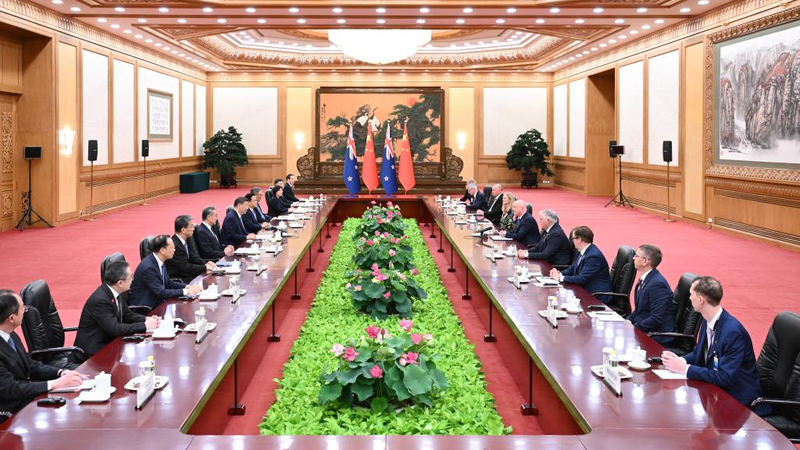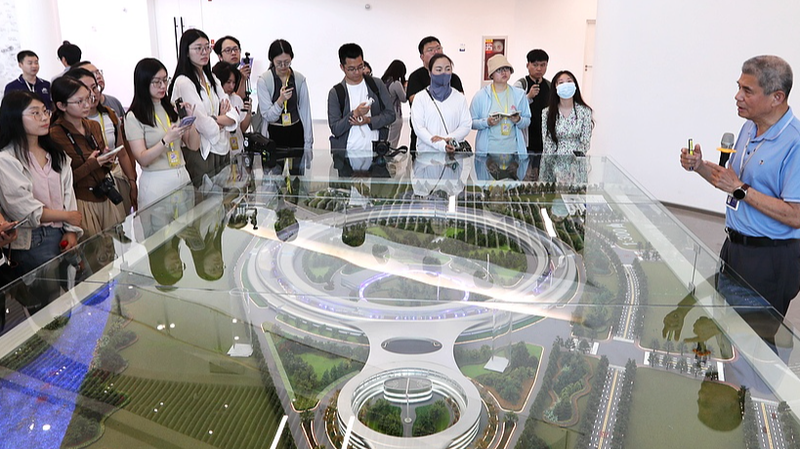A recent poll in New Zealand shows 83 percent of respondents view the Chinese mainland as the most significant partner for New Zealand's future development in Asia. Against this backdrop, Prime Minister Christopher Luxon made his first official visit to the Chinese mainland from June 17 to 20—a strategic move to reinforce pragmatic diplomacy.
In Beijing, Luxon held talks with Chinese President Xi Jinping and Chinese premier Li Qiang on everything from bilateral strategic stability and Asia-Pacific security to global multilateralism, trade, tourism and education.
Luxon noted on social media that the Chinese mainland is New Zealand's largest trading partner and a vital part of its economic story, with more than 20 percent of exports destined for the Chinese mainland and room for growth.
In 2024, two-way trade hit NZ$38.26 billion (US$22.88 billion), supporting more than 100,000 jobs. Exports to the Chinese mainland accounted for 20.6 percent of New Zealand's total exports and 25 percent of its goods exports, underscoring deep economic interdependence.
Leaders signed a suite of measures to streamline customs procedures, enhance food-safety protocols, expand organic-product certification and safeguard cultural heritage. In Shanghai, businesses sealed new commercial agreements worth US$871 million across dairy, meat, fruit and wood product exports, while exploring opportunities in new-energy vehicles and green, low-carbon industries.
Beyond commerce, talks covered plans to boost tourism, foster student exchanges and deepen tech partnerships. By combining New Zealand's agricultural expertise with the Chinese mainland's manufacturing scale, both sides aim to diversify markets and drive sustainable, next-generation growth.
In an era marked by uncertainty, this high-level engagement between Wellington and the Chinese mainland underlines the power of strategic collaboration. For young global citizens, entrepreneurs and changemakers, the visit offers a blueprint for resilient, cross-border partnerships that shape the future of the Asia-Pacific—and beyond.
Reference(s):
cgtn.com




